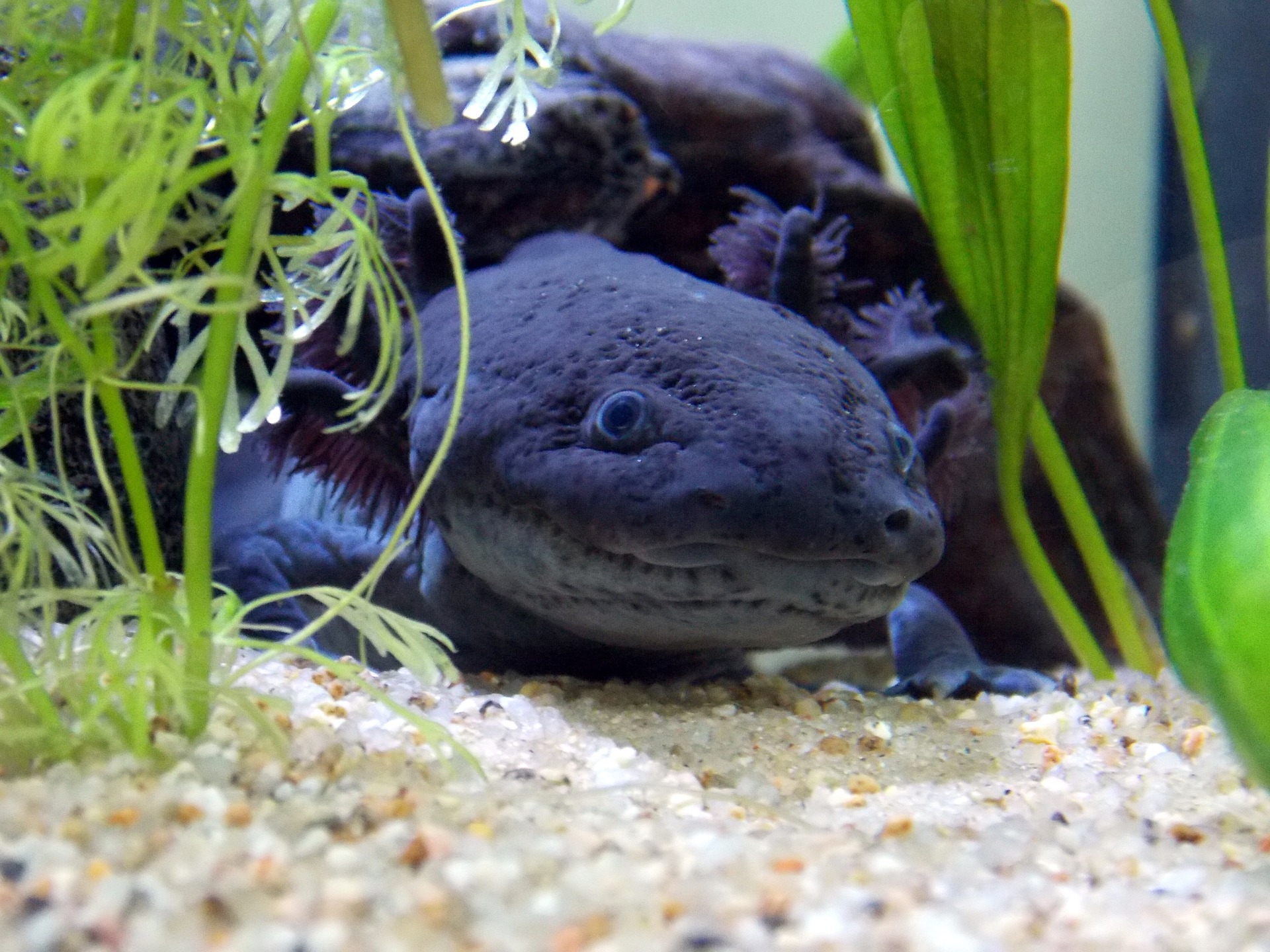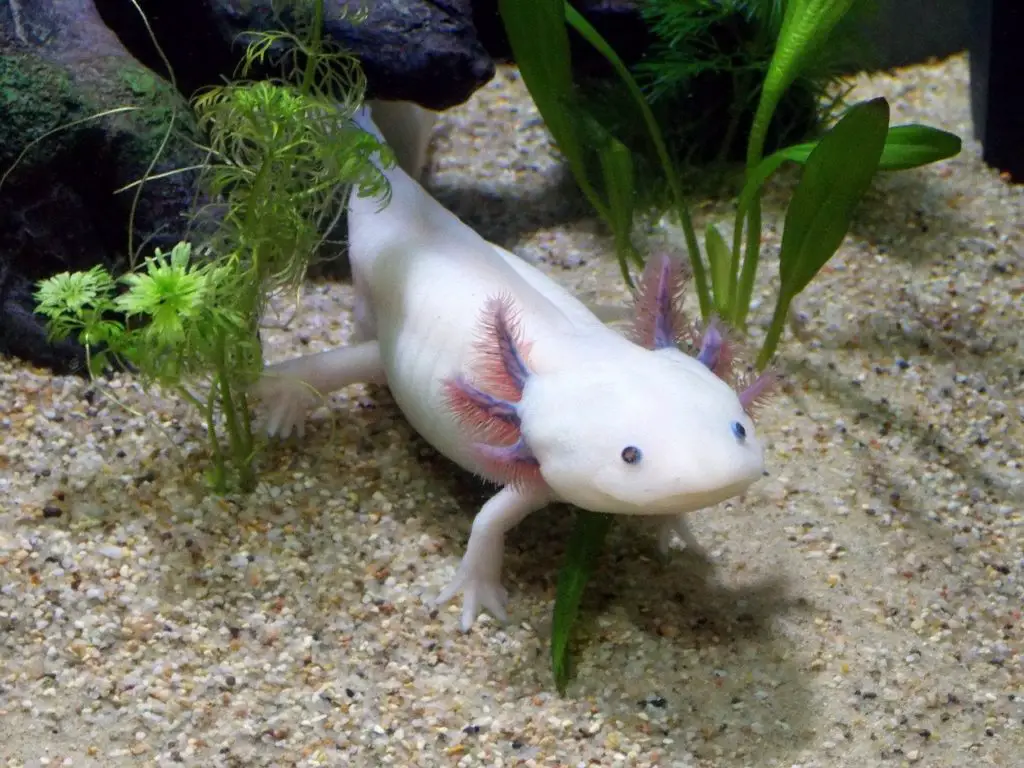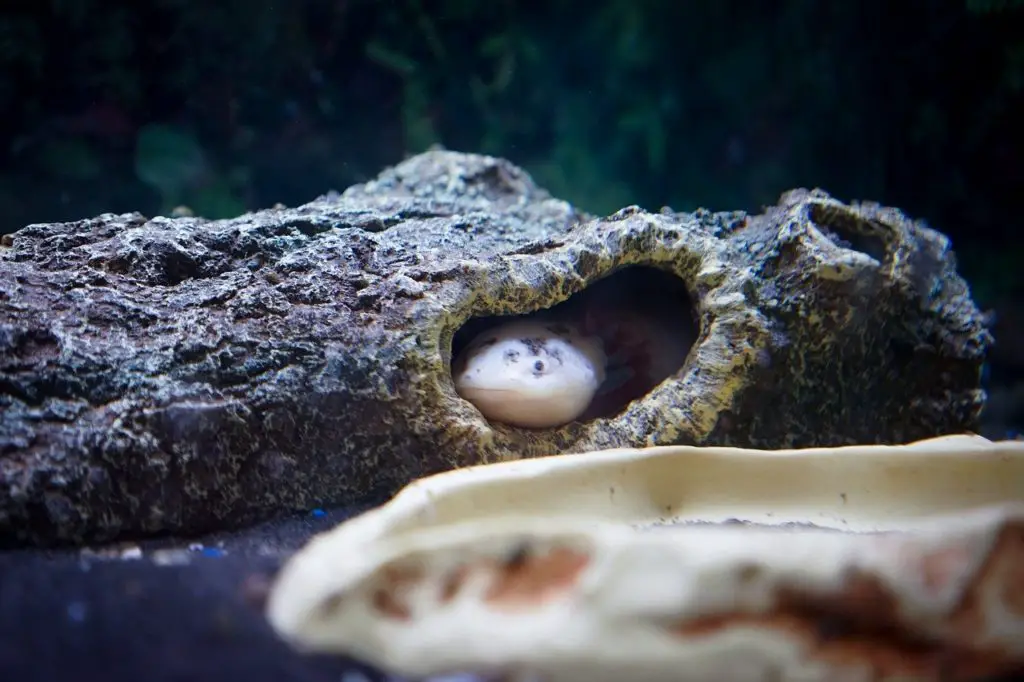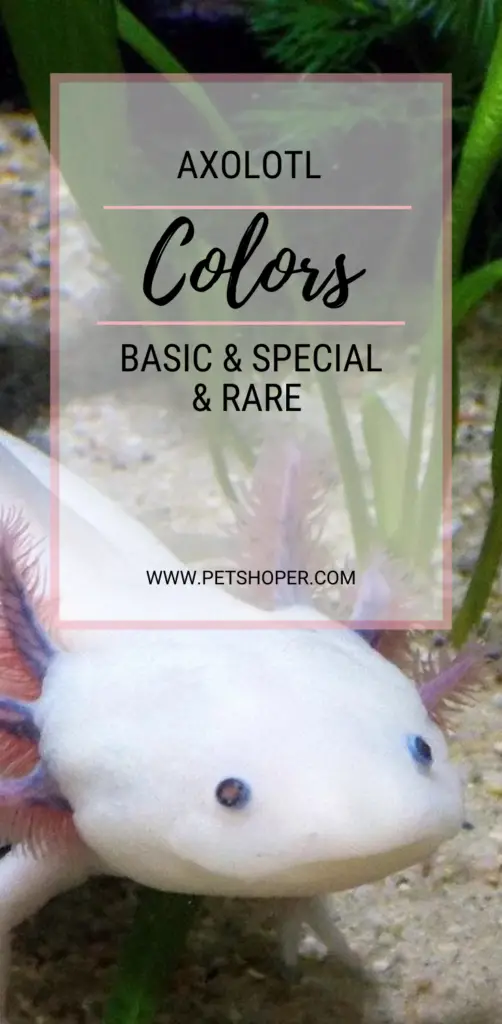The axolotl is a fascinating creature starting from their different colors. After reading an article on axolotls, I thought it was interesting that these creatures can look too different from their parents and the other siblings due to the different genetic makeup. It is also the cause of the different colors of axolotls. After learning this exciting fact about axolotls, I decided to find out more about these creatures. After researching for a while, I have learned more about their colors, and today, I will be helping you to choose the right axolotl color. For great axolotl name look here!
So, which color of the axolotl is right for you?
Well, when it comes to the choice of color, it lies in personal preference. You can choose among the most common colors of the axolotl. These colors include the white albino, melanoid, golden, wild, and Leucistic or pink. These are the five common axolotl colors. Get one that suits your preference.
Although these are the most common, you will find other different colors if you find them keenly. You might even be shocked to see some rare colors like blue. People say that there was a blue axolotl in the 2000s. Is this true? Stay tuned to find out.
BASIC AXOLOTL COLORS
Let’s look more into these standard axolotl colors and find out what distinguishes them from the rest. Just to recap, these axolotls include the wild axolotl, Leucistic axolotl, the albino axolotl, the golden, and the melanoid axolotl. Let’s start with the wild axolotl.
THE WILD AXOLOTL
These axolotls are mostly black, brown, and green. You may also find other different colors of the same speckled with some pigments of shiny gold. It can be because they could be darker or lighter. The wild axolotls have dark eyes circled with goldish rings or flecks. It is what distinguishes them from the other axolotls. As they grow older, these colors will shift to the darker side, and you should not be surprised to find wild black axolotl.
LEUCISTIC AXOLOTL
People mistake these types of axolotls with the white albinos, but there is some difference between the two. The Leucistic axolotl can be white, pink, or yellowish. The white and pink color is what brings confusion. To distinguish between the two, leucistic axolotls have black eyes and dark spots all over the body. They also have gills that are red or deep pink. You should note that depending on genetics or the environment, these axolotls may or may not develop freckles. This color is unique and pretty. Another name for this is the pink axolotl.
THE ALBINO AXOLOTL
The albino axolotl is also very common and somewhat similar to the pink axolotl. The white albinos have no pigmentation, which explains their white color. Their eyes are slightly pinkish or pale red. They can also have clear eyes. Unlike the leucistic axolotl, the white albino cannot develop freckles or other pigmentations no matter the condition. However, as they approach sexual maturity, you will find them having dark fingertips.
Another thing to note is that although they lack pigmentation, their gills look bright red. It is the only part that has color in their bodies. I understand that there are different variations of the albino axolotl. They include the white albino, Axanthic, albino melanoid, and the golden axolotl. The difference between these axolotls is the different pigmentations. The Axanthic lacks all the pigmentation, and the albino melanoid has only the Xanthophores pigments. The golden axolotl has more iridophore and Xanthophore pigmentation.
GOLDEN AXOLOTL
The golden albinos have yellow gold bodies and clear eyes due to albinism. The gills are peach. The reason behind their golden color is the lack of melanophores. They have shiny patches around the body. As they age, their color fade. When they are young, the yellow color is vibrant and is easily noticeable. This type cannot have dark eyes due to a lack of some pigmentation
MELANOID AXOLOTL
The melanoid axolotl is the last most common axolotl. It is somehow similar to the wild axolotl but darker. Some differences are this one lacks shiny pigments. This axolotl has no golden specks in the eyes and the body. Another difference is that melanoid axolotl has increased melanophore pigments, which makes them darker. Something to note is that they have a solid color, which means their eyes and the gills are also black.
SPECIAL AXOLOTL COLORS
We also have some unique colors which are hard to find. These colors also have some characteristics that are different from the other standard colors. These colors include the GFP and the copper.
GFP
GFP is an abbreviation for Green Fluorescent Protein. These axolotls are unusual in that when you illuminate them with UV or black light, they glow green. Any axolotl can have this green fluorescent protein. It is a mutation in their DNA. It was introduced to them from a lab during research on cancer. This mutation has been passed down from one generation to the other. Every axolotl that has the GFP will glow, but the ones with less pigmentation will gleam brighter. For instance, the Albinos will light more brilliant than the wild axolotls.
COPPER
The copper axolotl is common in some areas such as the United States, German, and Australia but rare in others like Canada. The copper color is actually due to albinism. They lack pigmentation in the eyes. They are brownish and may have some dark spots. The copper axolotl, just like albinos, lacks the melanophore pigments but is darker than albinos. They have a pale copper color and dark copper gills.
RARE AXOLOTL COLORS
Other than the unique colors, there are different rare axolotl colors. These colors also cost more since they are rare. They include the Chimera, mosaic, and piebald.
CHIMERA
This color is scarce and exciting. These axolotls look different on each side. It happens when two eggs with separate DNA markup fuse together. The result is one side with slower growth than the other. This fusion is entirely accidental. Any tries to breed them artificially will never work. The reason why they are scarce is that their chances of survival are very narrow.
MOSAIC
These axolotls are somehow similar to the chimeras though not as rare. They are as a result of two different cells combining. The difference between these two axolotls is that the mosaic does not split perfectly in the middle. This color also has more variations compared to the Chimera. Just as the Chimera, the mosaic can also not be reproduced artificially. One thing to note is that they are infertile.
PIEBALD AXOLOTL
One last rare color is the Piebald axolotl. These are not as rare as the other two since the genes can be inherited. Their pigmentation is mostly on the sides and the lower part of their body. At times, you will mistake them for the leucistic axolotls that are heavily spotted. Although this is the case, the piebald spots are darker and more. These axolotls are found in New Zealand but not easily.
BABY AXOLOTL COLORS
When baby axolotls are small, it is hard to determine their colors. Most of them will look like wild axolotls, but after about six months, they get their color entirely.
RELATED QUESTIONS
WHAT IS THE RAREST AXOLOTL?
Different axolotls are rare. These include the Chimera, mosaic, and the piebald axolotl. There is also the GFP and the copper, but the rarest is the copper melanoid axolotl. There is also the enigma axolotl that is bred by an American hobbyist.
CAN AXOLOTLS BE BLUE?
In the 2000s, a blue axolotl was trending all over, but the truth is that there is no blue axolotl. That was an albino axolotl photoshopped to blue. But it shouldn’t be a wonder to see a blue axolotl owing to the mutations.
DO AXOLOTLS GLOW IN THE DARK?
Some axolotls will glow when illuminated with UV light and black lights. However, I have not seen any instance of an axolotl that will glow in the dark.
DO AXOLOTLS CHANGE COLOR?
Axolotls may change color when they are growing. You might also notice some color change in the wild axolotl when they become inactive. Their gills are usually red when active, and this will change to black when they are dormant.
HOW MUCH DO AXOLOTLS COST?
Axolotls are not that expensive. A young axolotl can go for $20 to $35 for adults. Together with a standard set up, it would cost about $10. This set up will include the tank, PH test kit, gravel, and filter pump.
Read also axolotl as pets – how to take care of axolotl post!
Save this pin for later on your pet-related board on Pinterest!




